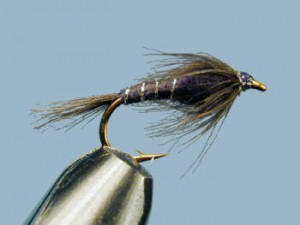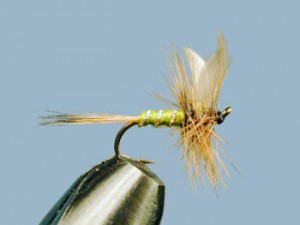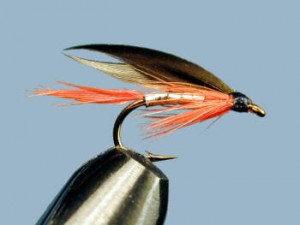 Nymph Flies
Nymph Flies
Nymph flies represent the stage prior to them hatching out on the top as dry flies, this stage is of course underwater and therefore can be a challenge as you will not see the fish rise for the fly as in dry fishing, again using a strike indicator can be helpful, you will need to determine how to recognise a take, when the indicator stops it can be because of an obstruction as all nymph fly fishing is done close to the bottom of the water, it helps if you know the water and how clear it is likely to be in the area you are fishing. Weights on your leader will be required to get the nymph down to the depth where the fish are feeding, not as easy as it sounds!
When fish are feeding on nymphs they will not strike at it as they would a dry fly as it is to the fish an easy bit of lunch floating past so detecting a take is an art that needs practice.
The easiest method for nymph fishing is similar to wet fishing. Cast over the opposite side, let the fly go with the currant until its inline with yourself, keep the line tight and with your rod pointing at the fly. When it settles it will rise with the current as would a natural nymph fly on its way to the surface to hatch. You will generally feel a take using this method. Of course we are assuming here you are river fishing and there are indeed many other methods for nymph fishing and I think practice and determination are important with this method. Ask or watch other anglers. Nymph fishing is not easy!

 Dry Flies
Dry Flies